A Beethoven a day: Pity the poor tailor
mainWelcome to the seventh work in the Slipped Disc/Idagio Beethoven Edition
7 Variations on ‘Ich bin der Schneider Kakadu’, opus 121a (1824)
Only Beethoven could have created more than a quarter of an hour of variations for piano, violin and cello from a flimsy ditty taken from a forgotten stage play. The late opus number and 1824 publication date are misleading. The variations may have been sketched as early as 1803 and were finished no later than 1816, but Beethoven waited much longer to release them.
In concentrated listening we find him sketching around theme fragments that will crop up in the finale of the ninth symphony, and in the Diabelli Variations. For this reason, and this being his last attempt at a piano trio, the supposedly lightweight Kakadu Variations warrant serious attention. They have been recorded often and outstandingly well by some of the greatest musicians.
Thibaud, Cortot and Casals (1926) are somewhat unsmiling, albeit very beautiful. The Beaux Arts Trio (1965), two minutes faster, have more fun. Isaac Stern, Eugene Istomin and Leonard Rose add a delicious languor while Barenboim, DuPre and Zukerman may be too reverential for some tastes. Perlman, Harrell and Ashkenazy (2015) get it just right.
I am also drawn to the Trio Wanderer (2012), a French group who seem to have all the time in the world on their hands yet deliver one of the fastest and loveliest sets. Beside them, the classic Kempff-Szeryng-Fournier combo (1966) sound self-consciously starry.
In the Beethoven catalogue, the Kakadu variations share the same opus number with 121b, a six-minute Opferlied for voice, chorus and orchestra, a six-minute work that is hardly ever performed or recorded. Why not? It’s like a sketchbook for Fidelio. Try this 2019 session from Berlin Radio.
It is followed by opus 122, the Bundeslied, four minutes long and even more obscure, deservedly I’d suggest.
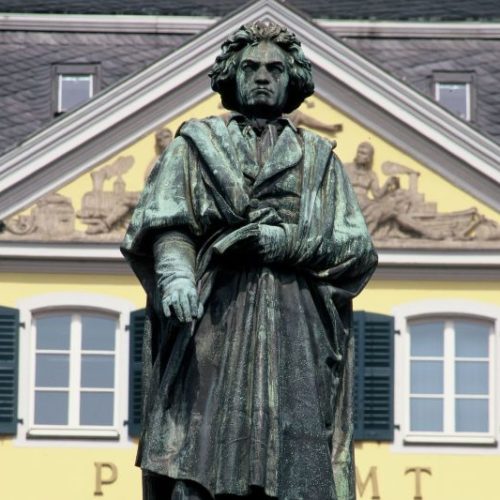
But his next work in the Missa Solemnis and, two scores later, the 9th symphony. This is how LvB scatters his diamonds.

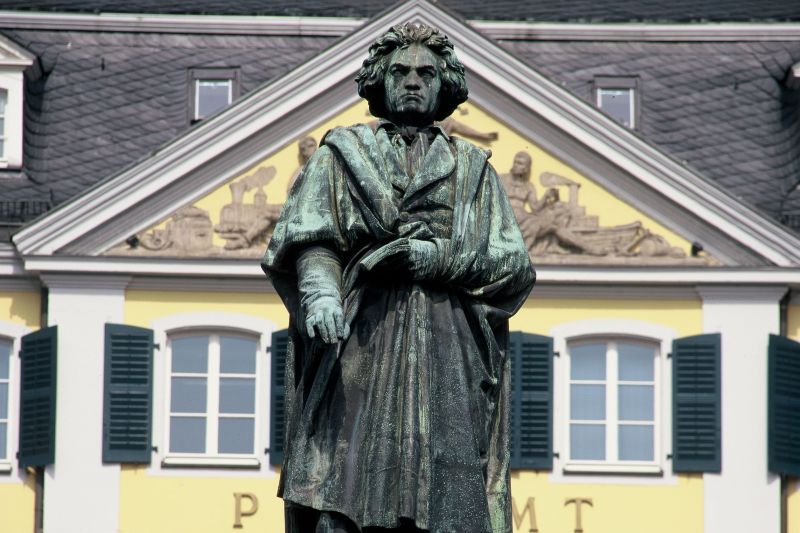

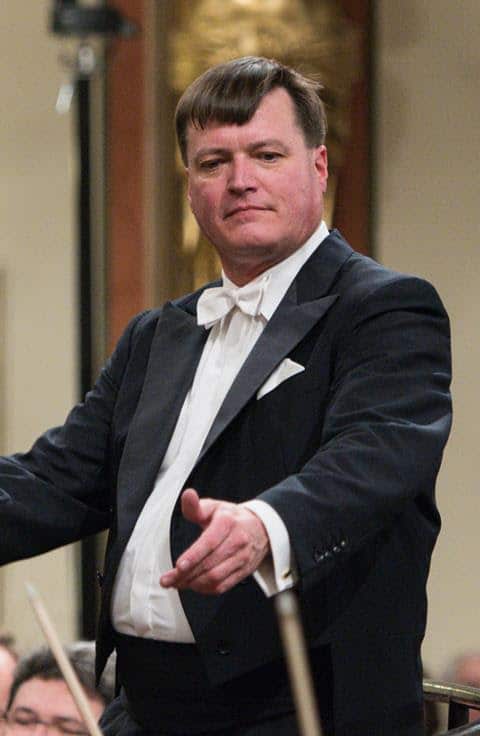
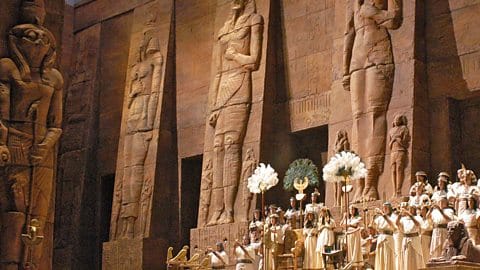
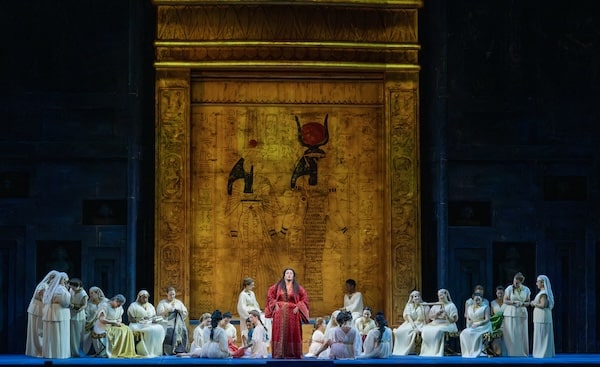
Beethoven’s “Kakadu” is like Dohnanyi’s “Nursery Variations” in lay-out and surprise. Thanks for mentioning Cortot-Thibaud-Casals, Norman. 1926 is a long time ago, but they make their points and are pretty funny once they get going. For some reason it wasn’t released for 40 years as an unexpected and unhoped for addition to their other chamber records of Schumann, Mendelssohn, Haydn, Schubert, and Beethoven.
Perlman Et al were not recorded at 2015. It happened sometime by end 70s or beginning of 80s, when the complete set was done.
Some years ago, I wrote a programme note for a performance of this lovely work, and was taken to task at the interval by a member of the audience because I had described the tune on which it is all based as “footling” !
Thibaud, Cortot and Casals, The Beaux Arts Trio, and Goldberg, Serkin, and Casals for me.
Guarneri trio prague, please!!!